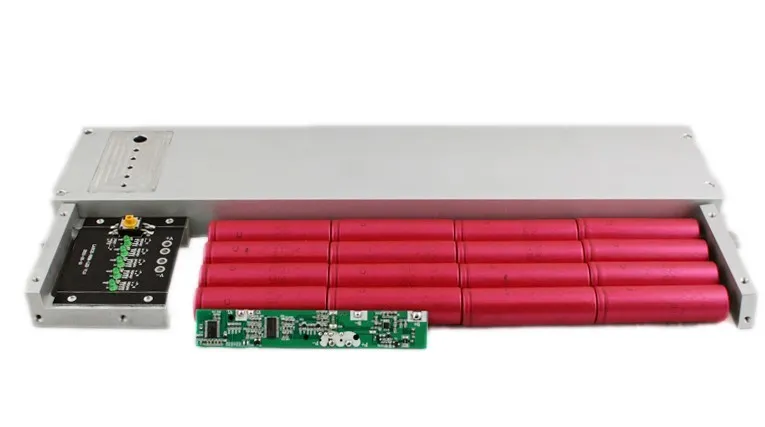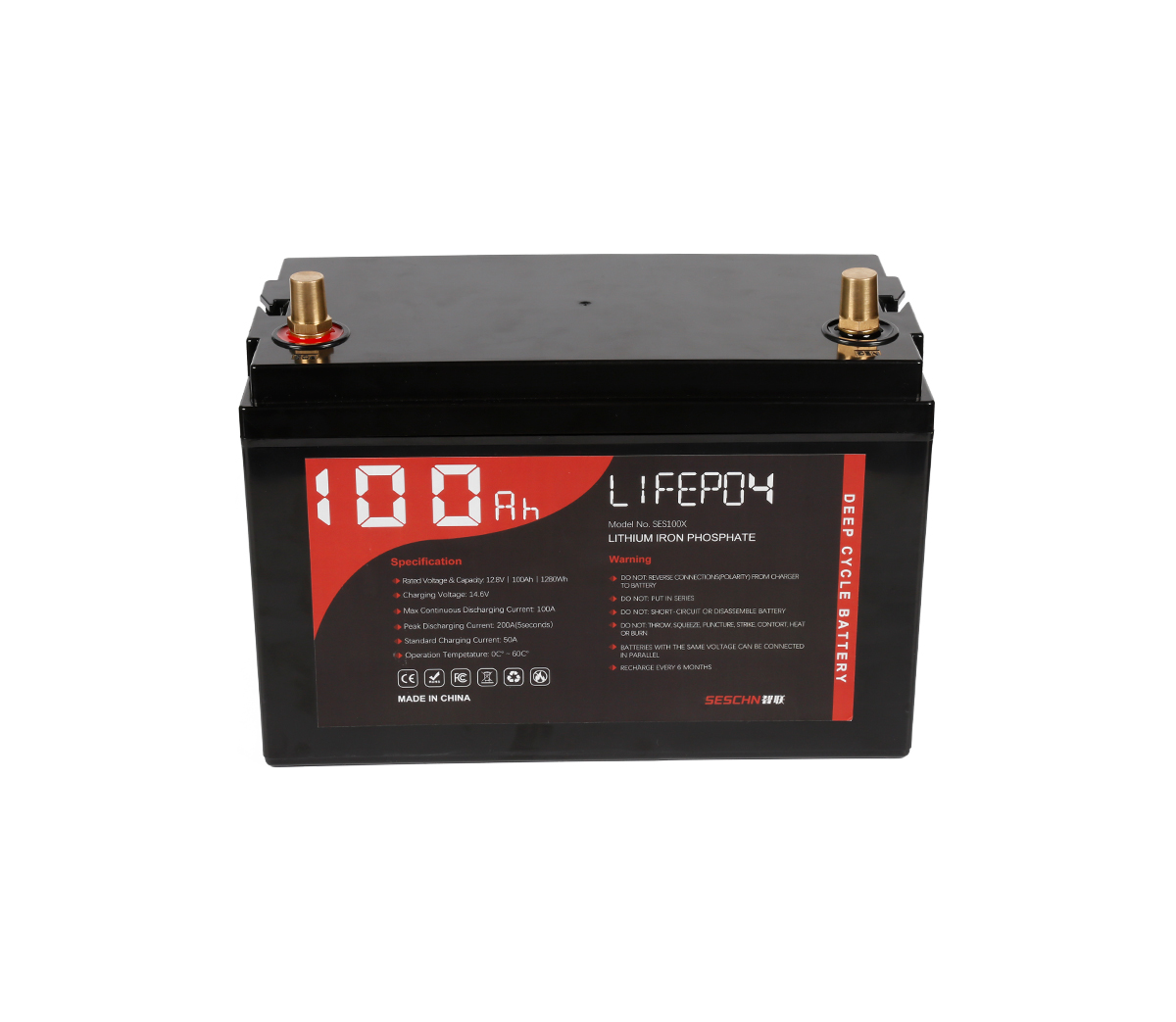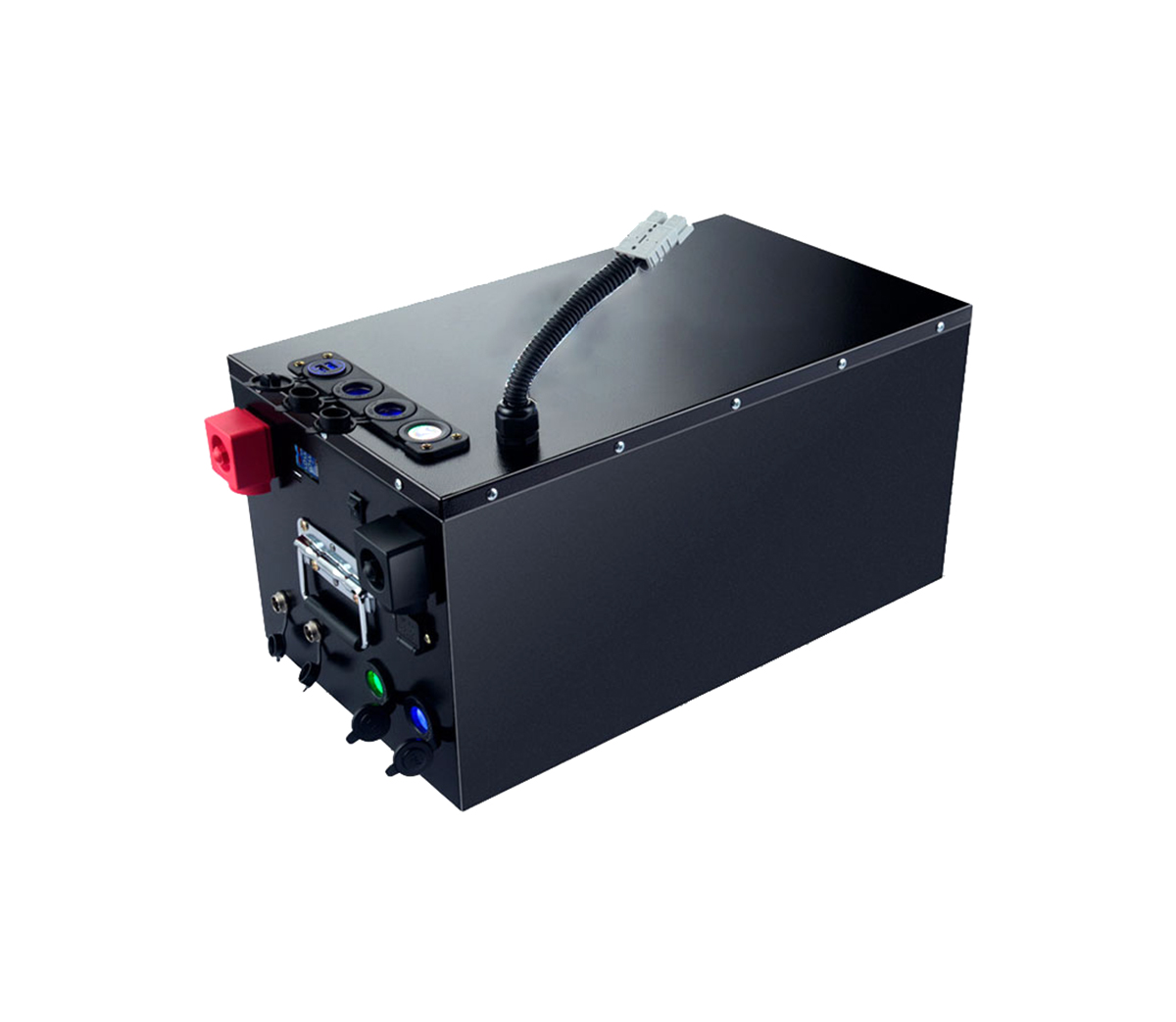In-depth analysis of the causes, measurement methods and practical
significance of lithium battery self-discharge
Lithium-ion batteries will have the problem of self-discharge, which is
inevitable, it will lead to the reduction of the battery's own capacity, and
even seriously affect the battery's configuration and cycle life. In general,
the self-discharge rate of lithium-ion batteries is 2% to 5% per month, which is
a very good indicator compared to the self-discharge of nickel-metal hydride and
lead-acid batteries.

However, once the single lithium battery is assembled into a module,
because the characteristics of each single lithium battery are not completely
consistent, the terminal voltage of each cell cannot be completely consistent
after each charge and discharge, which may lead to lithium battery modules.
Overcharged or over-discharged single cells occur in the battery pack, which
eventually leads to the gradual deterioration of the performance of the lithium
battery pack. As the number of charge and discharge increases, the deterioration
of the performance of the lithium battery pack will be further aggravated.
Therefore, we must conduct in-depth research on the self-discharge rate of
Li-ion batteries. As a professional customized lithium-ion battery solution
provider, SES Power has many products that are used in the medical, military,
and even aerospace and marine industries, so we are more sensitive to this
problem, and we also spend a lot of R&D energy to research and solve it.
A: Definition of Self-discharge
The self-discharge phenomenon of the battery refers to the phenomenon that
the capacity of the battery is spontaneously lost when the battery is in the
open circuit, also known as the charge retention capacity.
Self-discharge can generally be divided into two types: reversible
self-discharge and irreversible self-discharge.
The loss of capacity can be reversibly compensated for reversible
self-discharge, the principle of which is similar to the normal discharge
reaction of the battery. The self-discharge in which the lost capacity cannot be
compensated is an irreversible self-discharge, which is mainly due to an
irreversible reaction inside the battery.
B: Factors Affecting Self-discharge
b1 Cathode material
The influence of the positive electrode material is mainly due to the
precipitation of metals and impurities in the negative electrode, which leads to
an internal short circuit, thereby increasing the self-discharge of the lithium
battery. For example, during the charging and discharging process of LiFePO4
cathode material, iron will gradually reduce and precipitate in the anode,
pierce the diaphragm, and form a short circuit in the battery, resulting in high
self-discharge.
b2 negative electrode material
The influence of the negative electrode material on self-discharge is
mainly due to the irreversible reaction between the negative electrode material
and the electrolyte. During the charging and discharging process, when lithium
ions are inserted and extracted, the graphite layered structure is easily
damaged, resulting in a large self-discharge rate.
b3 electrolyte
The influence of the electrolyte is mainly manifested as: the corrosion of
the electrolyte or impurities on the surface of the negative electrode; the
dissolution of the electrode material in the electrolyte; the electrode is
covered by the insoluble solid or gas decomposed by the electrolyte to form a
passivation layer, etc.
b4 Storage status
The storage state is generally influenced by storage temperature and
battery SOC. In general, the higher the temperature, the higher the SOC, and the
greater the self-discharge of the battery.
b5 Other factors
In addition to the factors described above, there are also the following
factors: impurities introduced into the battery due to production environment
problems during the production process, such as dust, metal powder, etc., may
cause the internal micro-short circuit of the battery; external The battery has
an external electronic circuit during storage due to the humid environment,
incomplete insulation of the external circuit, and poor isolation of the battery
shell, which leads to self-discharge; during the long-term storage process, the
bonding between the active material of the electrode material and the current
collector fails, resulting in The peeling and peeling of the active material
leads to a decrease in capacity and an increase in self-discharge.
C: Measurement method of self-discharge rate
Since the self-discharge rate of lithium batteries is generally low and is
affected by factors such as temperature, cycle times, and SOC, it is very
difficult and time-consuming to accurately measure the self-discharge of
batteries.
C1 direct measurement
First, the cell to be tested is charged to a certain state of charge and
left open-circuited for a period of time, and then the cell is discharged to
determine the capacity loss of the cell. The self-discharge rate is :
In the formula: C is the rated capacity of the battery; C1 is the discharge
capacity. After the open circuit is put on hold, the remaining capacity of the
cell can be obtained by discharging the cell. This method can determine the
irreversible and reversible capacity loss of the battery.
C2 open circuit voltage decay rate measurement method
The open circuit voltage is directly related to the battery state of charge
SOC. It is only necessary to measure the rate of change of the battery's OCV
over a period of time, namely:
The method is simple to operate, and only needs to record the voltage of
the battery in any time interval, and then according to the corresponding
relationship between the voltage and the SOC of the battery, the state of charge
of the battery at that moment can be obtained. Through the calculation of the
decay slope of the voltage and the decay capacity corresponding to a unit time,
the self-discharge rate of the battery can finally be obtained.
C3 capacity retention method
The self-discharge rate of the battery is obtained by measuring the open
circuit voltage that the battery is expected to maintain or the amount of power
required by the SOC. That is, the charging current when the open-circuit voltage
of the battery is maintained is measured, and the battery self-discharge rate
can be regarded as the measured charging current.
C4 digital control technology
This is a new self-discharge measurement method derived from the
traditional self-discharge measurement method by using a single-chip
microcomputer. This method has the advantages of short measurement time, high
precision and simple equipment.
C5 Equivalent Circuit Method
Equivalent circuit method is a new self-discharge measurement method, which
simulates the battery as an equivalent circuit, which can quickly and
effectively measure the self-discharge rate of lithium-ion batteries.
D The significance of measuring the self-discharge rate
As an important performance index of lithium-ion batteries, self-discharge
rate has an important impact on the selection and matching of batteries.
Therefore, measuring the self-discharge rate of lithium-ion batteries is of
great significance. Even though SES Power SES Power often uses CATL, EVE and
other square aluminum-shell lithium iron phosphate cells to make customized
lithium battery packs, such as 12V100Ah, 12V200Ah, 24V100Ah, 24V200Ah, 36V100Ah,
48V50Ah, 48V100Ah, etc., 12V30Ah, 12V50Ah, 12V60Ah cars Start-up battery
(maximum peak current up to 1500A), home energy storage (5KW). The quality of
the cells is very reliable, but we still strictly measure the self-discharge to
ensure the final quality of the product.
D1 Predict the problem cell
For the same batch of batteries, the materials and manufacturing controls
are basically the same. When the white discharge of individual batteries is
significantly larger, the reason is likely to be a serious, slow and
irreversible micro-short circuit inside. Therefore, the performance of such
batteries will not be much different from that of normal batteries in the short
term, but the performance of bad batteries after long-term shelving will be far
lower than that of other normal batteries. Therefore, in order to ensure the
quality of the factory battery, the battery with large self-discharge must be
eliminated.
D2 to match the battery
The influence of the self-discharge rate of the battery on the battery pack
is mainly as follows: once assembled into a module, due to the different
self-discharge rates of each single lithium battery, the voltage will drop to
varying degrees during the process of shelving or cycling, while the battery is
charged in series. The current will be the same again, so after each charge,
there may be overcharged or undercharged single cells in the lithium battery
module.
With the increase of the number of charging and discharging, the
performance of the bad battery will gradually deteriorate, and the cycle life
will be greatly reduced compared with that of the unconfigured single battery,
which will eventually lead to a serious decline in the performance of the entire
lithium battery pack or even early scrapping.
Therefore, it is required to accurately measure and screen the
self-discharge rate of each lithium-ion battery before battery assembly.
D3 Battery SOC estimation correction
The state of charge is also called the remaining capacity, which represents
the ratio of the remaining capacity of the battery after being used for a period
of time or left unused for a long time to the capacity of the fully charged
state, usually expressed as a percentage.
The self-discharge rate has an important reference value for the SOC
estimation of lithium-ion batteries, and accurate estimation of the
self-discharge rate will improve the SOC estimation accuracy.
On the one hand, customers can estimate the usable time or driving distance
of the product based on the remaining power; on the other hand, improving the
SOC prediction accuracy of the BMS can effectively prevent the battery from
overcharging and over-discharging, thereby extending the battery life.



































